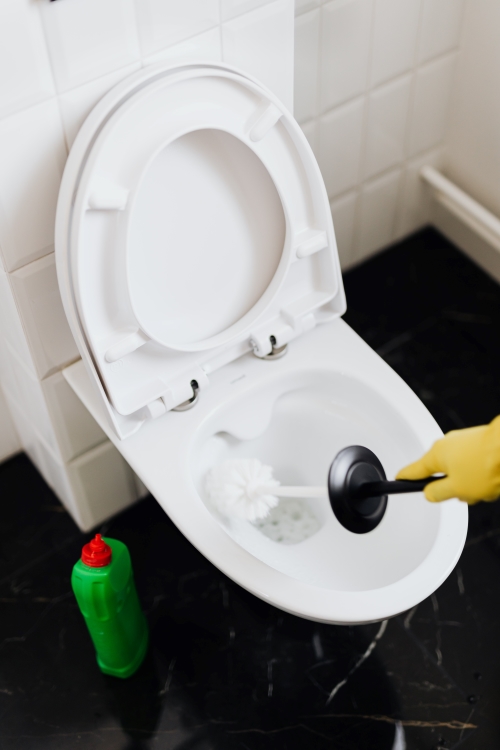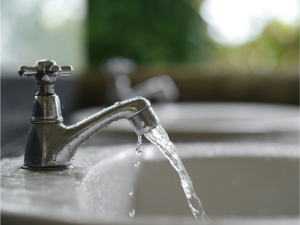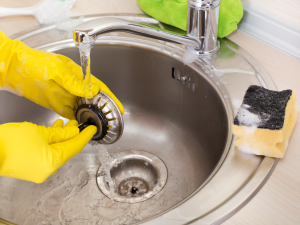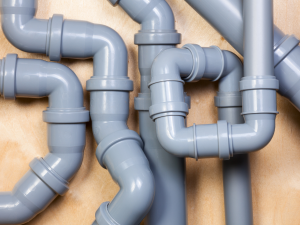If you notice that you need to flush several times to get a thorough flush, you may be experiencing a toilet with a weak flush. If your toilet has a weak flush, you will likely become frustrated with the inefficiency. Also, it can lead to other costly plumbing issues — not to mention the wastage of water and time.
Luckily, repairing a toilet’s weak flush can be a simple process, depending on the root of the problem. Let’s dive into the A to Z of a weak flush toilet and see how you can solve this problem. It is always better to call a plumbing expert like Clover Contracting.
What causes a weak flush toilet
- Sediment build-up
This is one of the most common causes of a toilet’s weak flush. When sediment builds up in the jet holes or rim feed, the result is a weak flushing toilet. But what causes sediment build-up? Rust and calcium are the most common culprits for sediment build-up.
Removing sediment build-up is quite easy, and you do not need to call a plumber for this. All you need to do is clean the jet holes and rim feed with a toilet cleaner. Start by shutting off the water supply into the toilet. Proceed to clear the toilet tank by opening the flapper. Once all the water is drained, pour either vinegar or a toilet bowl cleaner into the flapper. This should sit overnight before opening the water supply to the toilet.
To maintain proper function and prevent constant sediment build-up, add a water softener, especially if you are using hard water in the home. Regular cleaning is also vital to prevent sediment build-up.
- Low water level in the tank
When the water level in the toilet tank is too low, you will have a weak flush toilet. Also, a low water level in the toilet tank increases the risk of clogging. Every toilet has a level where the water should reach, with most being right below the overflow pipe. If the water in the tank is below this, the culprit to the toilet problems (weak flush) could be the water levels.
Since the water level in the toilet is determined by the float, adjusting the height of the float can solve this problem. While toilets differ, most have an adjustment screw that can be turned on with a screwdriver. If you want to increase the amount of water in the toilet tank, adjust the float higher. You will notice that more water flows into the tank, improving the weak flush toilet.
- Flapper has too much slack
This problem is most evident in toilets where the handle must be held for a long time before getting a good flush. Attached by a rod or chain to the flush handle, the flapper is a valve that is located at the bottom of the toilet tank. When the handle is pushed down, the flapper valve opens and allows the water in the tank to flush into the toilet bowl. In instances where the chain is too low, the flapper closes before enough water flushes.
To solve this, you can cut the chain using a wire cutter. And if your flapper chain has a clip, shorten the slack by latching onto a different link. Once reduced, the flapper will stay open longer, allowing a good amount of water to flush into the toilet.
- Venting issues
If a toilet has a weak flush, it could be due to plumbing issues. Plumbing systems have venting systems that allow air, gas, and pressure to be released. You could be experiencing a weak flush toilet due to ventilation issues in your plumbing system. If you notice gurgling sounds when you flush the toilet or slow drainage in other drains, the culprit could be a ventilation problem. This may also be accompanied by sewer gas from your drains.
Ventilation issues require the expertise of a qualified plumber. Contact one immediately if you suspect that the toilet has a weak flush as a result of ventilation issues.
- Low water level in the toilet bowl
The root of the toilet’s weak flush could be low water levels in the toilet bowl. Even if the water level in the toilet tank is optimal, you will still experience a weak flush if the water level in the bowl is low. This could lead to issues with the fill apparatus. If the fill leaks water, the result is a reduction in the water pressure from the tube that fills the bowl. The solution is to replace the faulty valve apparatus. This problem can be complex to diagnose and fix and often necessitates the help of a qualified plumber.
- Faulty float
After every flush, water refills the toilet tank up to a fill line. The float, which is a plastic ball, rises with the water level. Once the water level reaches the optimal point, the refill valve will shut off. If the float is either obstructed, damaged, or set too low, the water tank will not refill enough water for a full flush. If it is damaged, you will need to adjust the float. You can also adjust it if it is set too low.
How can homeowners prevent toilet weak flush issues?
Weak toilet flush issues can be prevented. While some are caused by serious plumbing problems, others can be prevented with simple processes. Let’s see how.
- Clean the toilet bowl flush holes regularly- Located around the rim of a toilet, toilet bowl flush holes are often ignored when cleaning a toilet. Yet, they are one of the most common causes of a weak flush. When these holes get clogged and blocked, less water shoots out when flush, resulting in a weak flush.
- Clean the toilet regularly with bleach or vinegar- Cleaning the entire toilet eliminates blockage from sediment and dirt. A 15-20 minutes soak with bleach or vinegar cleans and clears blockages before they become a serious problem.
- Use a water softener- As we mentioned, hard water has a lot of dissolved minerals such as magnesium and calcium. The mineral build-up blocks the pipes, leaving a small space for water to pass through. Using a water softener can eliminate this problem since it prevents the build-up of minerals inside the pipes.








